If you’re going to eat assloads of international food in NYC, you have to embrace the magic of the steam table. As a Midwest native, I’ll admit that steam tables bring back unpleasant memories of school cafeteria mystery meat (my graffiti of choice on high school bathroom walls: “flush twice, it’s a long way to the cafeteria”) and all-you-can-eat Chinese buffets, which sometimes manage to serve food that is simultaneously dried-out and dripping with grease. Not cute.
Now that my life is a long way from the school cafeteria, I’ve shaken my fear of steam tables, but somewhere in my little Midwestern head, steam tables are still synonymous with that not-so-fresh food feeling. And that’s completely unfair: I’ve had plenty of good, fresh steam-table meals in NYC, most notably from Russian and Senegalese places.
But I have to hand it to the nice people at Trini-Gul in Crown Heights, who have taken steam table awesomeness to new levels. Not only was the food fantastic, but they actually grow their secret curry ingredient onsite. In a pot. In Brooklyn. In a small, four-table restaurant on a busy street. Good trick, huh?
I visited Trini-Gul with the captain of the Jamaican women’s basketball team. (I am not making this up. She is one of my favorite people in NYC, and she is also one hell of a slick passer.) She had never tried Trinidadian and Tobagoan (hereafter referred to as Trinbagonian) food, so we asked the wonderfully friendly young woman behind the counter for recommendations. She said that stew fish with cassava (yucca) was the national dish of Trinidad and Tobago, and she served me a plate of the stuff with a side of okra and callaloo for $10; Captain Nicki went for stew chicken with rice and pumpkin and fried plantains ($8).
Variations on stew fish and stew chicken are popular throughout the Caribbean; the sauce contains a blend of garlic, ginger, pepper, Worcestershire sauce, and tomato paste, with additional spices included according to local taste. Trinbagonian stew sauces, in my limited experience, are flavorful but rarely overpowering; at Trini-Gul, the stew fish was deliciously balanced and salty, and tasted of a delicious seasoning that I couldn’t quite place… but the spices didn’t overpower the flavor of the fish. I loved it, and particularly loved the young lady behind the counter for generously loading my plate with two massive pieces of fish, along with a gigantic pile of yucca. Our side dishes—particularly the callaloo (shredded, stewed greens) and pumpkin (mashed with spices in a chicken broth)—were also excellent.
Captain Nicki was less enthusiastic about her stew chicken, possibly because she held it to the standards of her Jamaican grandmother’s kitchen wizardry. She was also unimpressed by the gigantic brownish cup of mauby that I purchased; the stuff is made from tree bark and anise, and tastes like intensely strong, sweet black licorice. Poor Captain Nicki took a sip, and ran out into the street to spit it out. Oops. Definitely an acquired taste if you’re not a fan of pungent drinks made from bark and anise. If you’re trying to acquire a taste for Caribbean beverages, stick with Ting (Jamaican grapefruit soda) or sorrel (a sweet red drink, similar to a sweetened iced hibiscus tea)… or rum.
As we sat around patting our bellies (did I mention that Captain Nicki calls her belly “Herman”?) after the meal, a friendly Trinbagonian woman emerged from the kitchen, and plucked a few leaves from a plant perched on the windowsill. “This is podina, my secret ingredient,” she explained. “That’s why my curry and stew taste so good.”
So that secret tasty spice that I couldn’t quite identify in the stew fish? It was podina (or pudina), also known as Spanish thyme or big leaf thyme. Apparently, bunnies love the stuff. And so do I.
Trini-Gul
543 Nostrand Ave., Brooklyn
Subway: Nostrand Ave. (A, C trains)



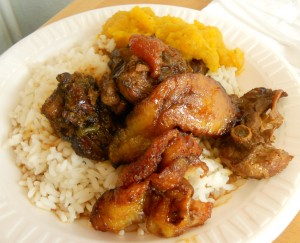









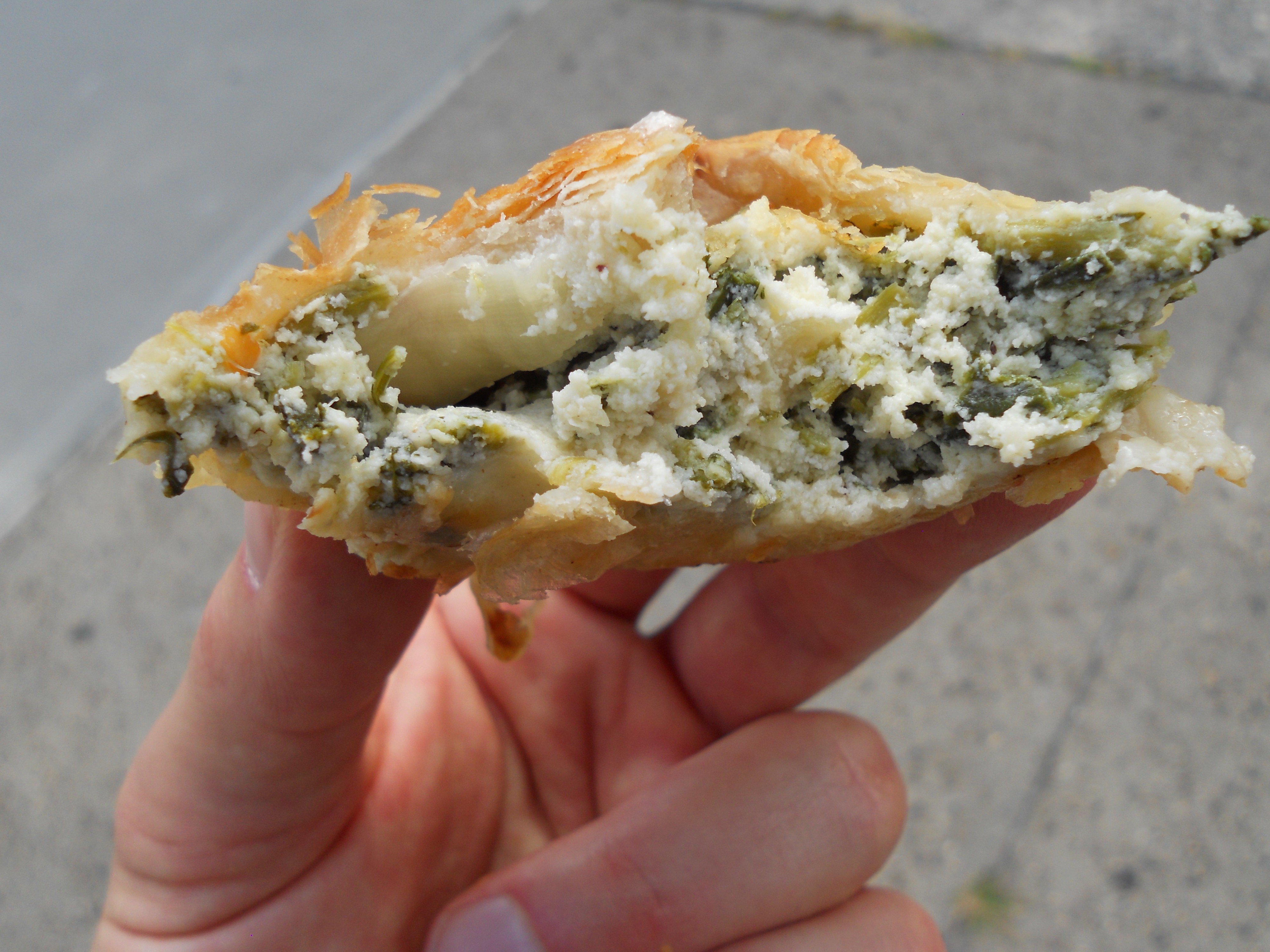
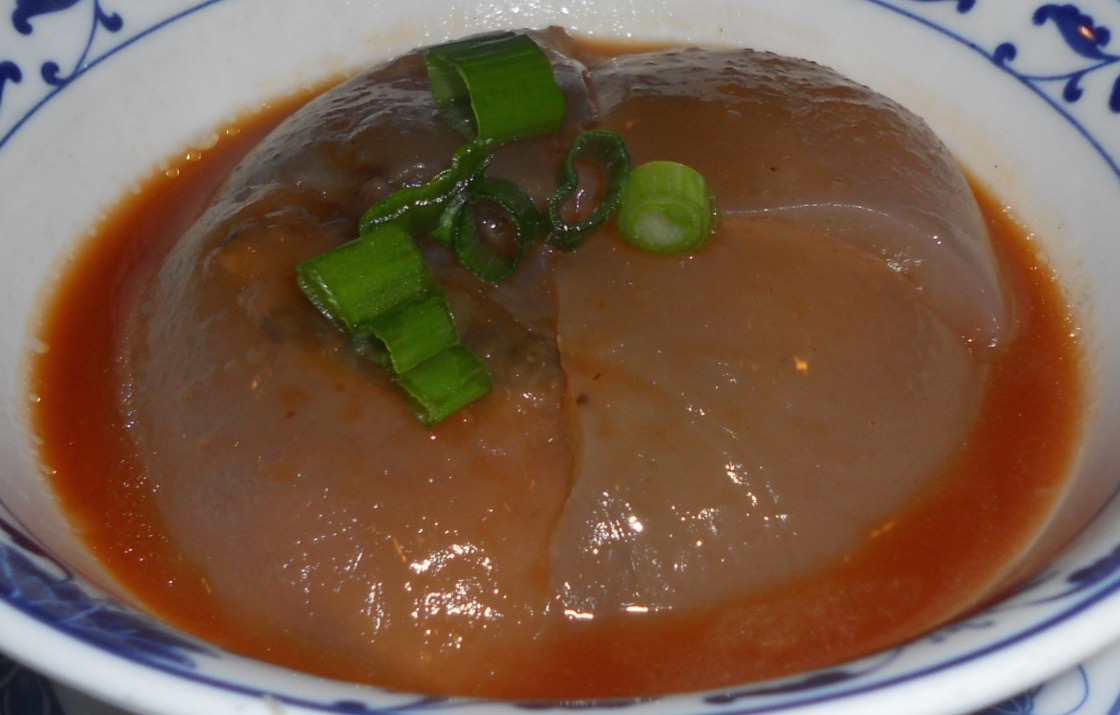
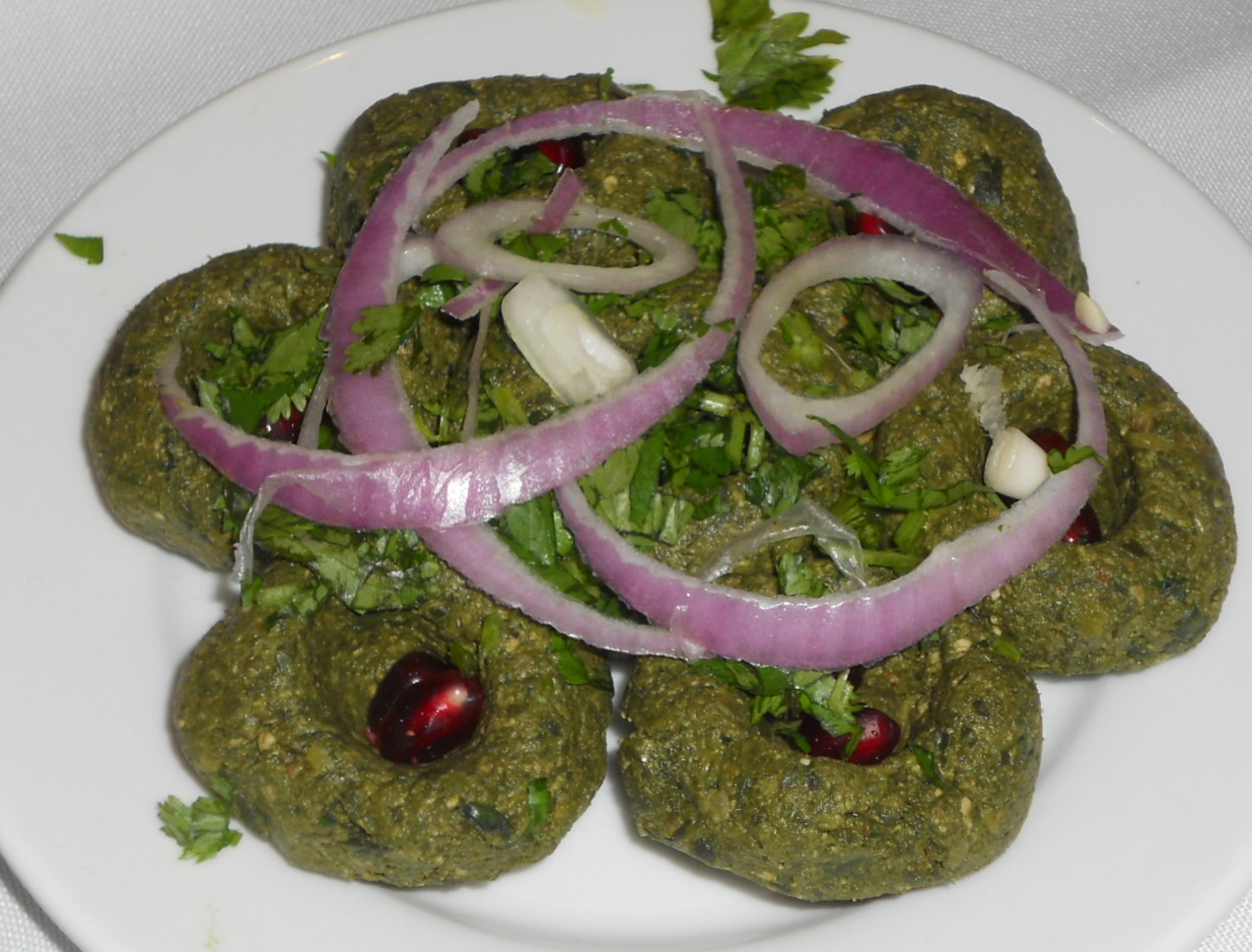
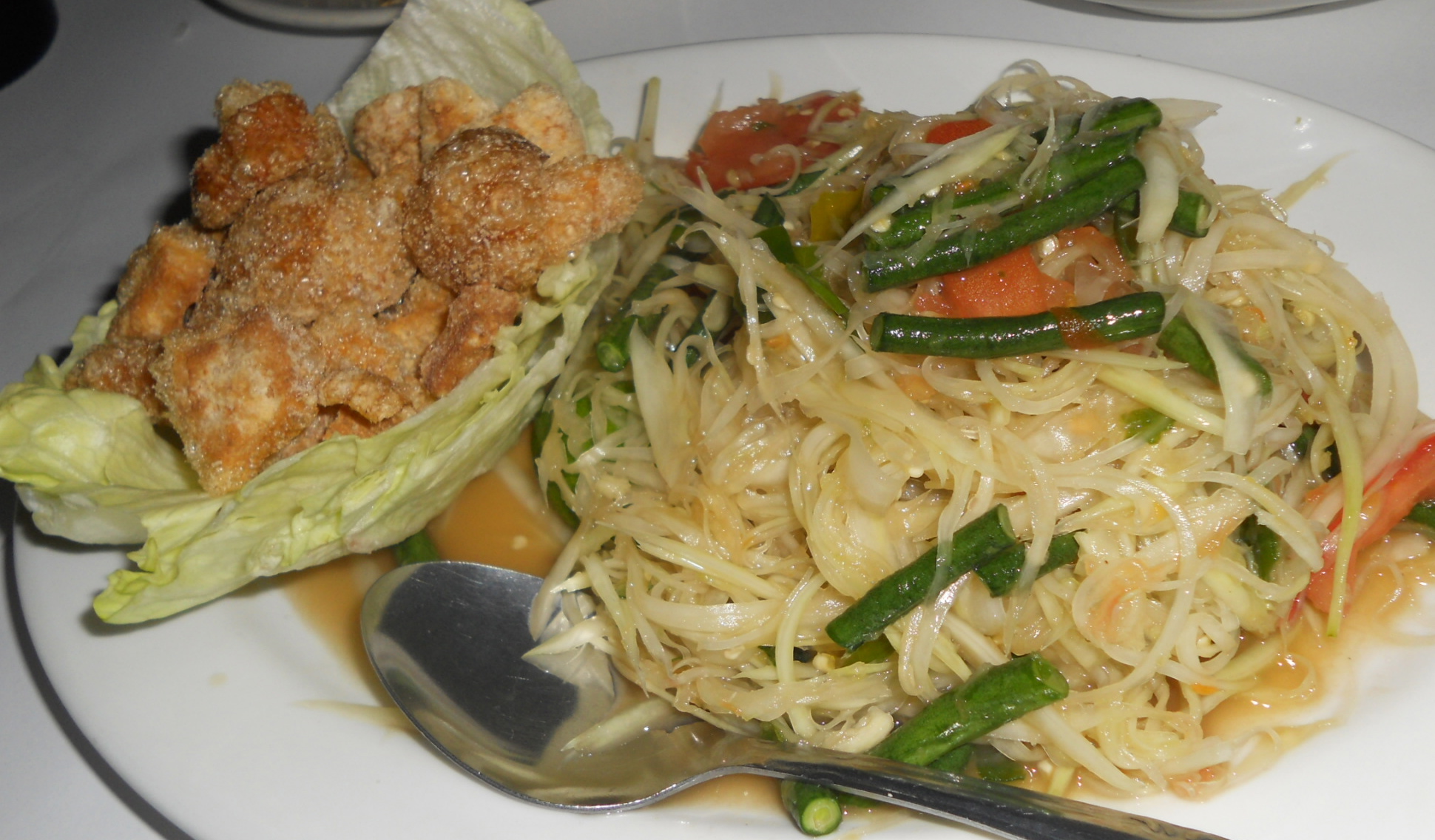
That fish dish is not the Natinal dish of Trinidad. That would be Pelau or Roti.
And that is definitely not Trinida Calaloo.
somethings’s fishy about the actual nationality of the restaurant owner/chef…